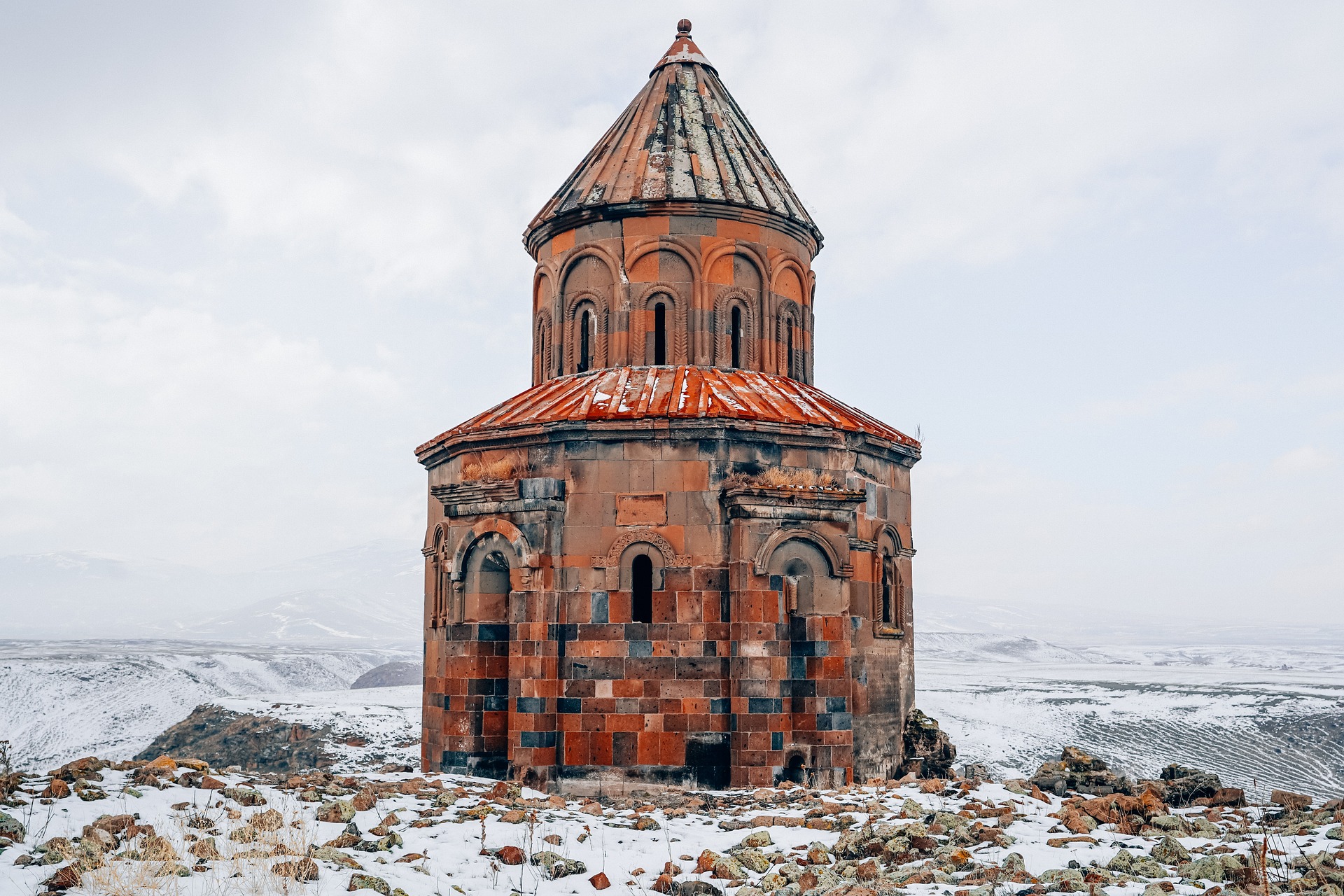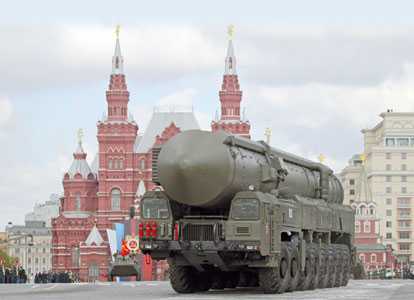Forty-nine years ago, it’s possible no one involved in this story thought a relationship spanning the Atlantic would still be thriving.
But friendship can span time and, as is this case, continents.
The year was 1959, and Ann German Higbee was an American Field Service student from Skaneateles living with the Turkoglu family in Istanbul, Turkey. She spent the summer living with the family – a mother, father, older brother and sister, Selma.
“While I didn’t choose (to go to Turkey), I was thrilled to be in the first group of AFSer’s to Turkey, truly a little known country in 1959, a country that literally joins Asia and Europe,” Higbee said. “(It was) a place totally foreign to almost anything I knew (or) had heard of at that point in my life.”
Little would foreshadow the story that unfolded after her time in Istanbul.
In 1962, Selma Turkoglu Ertuna was awarded a Rotary Club international scholarship to come to the United States as an exchange student to Keuka College. Selma said while she was a student here, she would spend weekends and vacations with Higbee and her family.
There was love in the air when Selma was on her way back to college, though, and she met a man by the name Ozer Ertuna.
“I met Ozer on the boat on my way to Keuka College,” she said. “In 1964 we got married. I joined him in Ithaca when he was working for his PhD degree in Cornell University.”
Now, 49 years later, Ozer and Selma have returned to the U.S. to rekindle long-time friendships and to visit with their exchange relatives. Over the years, the families have been able to visit each other’s homes.
Like Higbee and Selman, Ozer, too, was an AFS exchange student. He had come to the states 51 years ago as a student in Wells, Minn., for a year-long trip.
“Our current visit to USA is a nostalgic trip to visit our friends. We started our trip visiting Ann and Jim,” Selma said. “We had a wonderful time with them in Skaneateles meeting the family and their nice friends. We enjoyed every moment of our stay.”
Following their stay in Skaneateles, Selma and Ozer headed to Ithaca to visit with Ozer’s professors at Cornell University, then they took a flight to Minnesota to visit Wayne Unke and his family. Unke was Ozer’s math teacher and coach during his exchange.
The couple’s trip also includes a drive to Grinnell College in Iowa where their grandson is studying. Like his grandparents, the Ertuna’s grandson came to the U.S. as an exchange student to Kansas through AFS.
“We are happy that our grandson is studying in the USA. He is having the similar experiences that we have had,” Selma said. “We are sure that this opportunity will broaden his vision of the world.”
Higbee and the Ertunas each have a deep understanding of the importance of organizations like Rotary and AFS. They enable people to understand one another despite cultural differences.
“AFS was and is an incredibly powerful organization that has been bringing people from around the world since post WWII. Founded by Stephen Galatti, an ambulance driver during the war, its vision has always been to join people from all points on the globe into a harmony based on living side-by-side … coming to understand each other in their respective cultures,” Higbee said. “It does not have a political agenda. Its only agenda is to build bonds of friendship and understanding that may contribute to world peace.”
According to Selma, the organizations need increased support in order to expand their activities. The Ertunas would also like to see new organizations that promote friendship among people.
“It is wonderful to have so close relations with friends in a distant part of the world,” Selma said. “If more people had the same experience we are sure that we would have a better world. And, we hope more people will have similar experience.”
Ozer said the couple’s journey across the U.S. will come to a end on Sept. 5 when they fly to Turkey. Once they reach their destination, Istanbul, Ozer will resume teaching at Okan University.
“It was pure joy to have Selma and Ozer back with us in Skaneateles and to share the pleasure of (re)igniting memories that will, hopefully, contribute to building even stronger bonds between our families/countries as we head into yet a new generation of friendship,” Higbee said.
Source :




